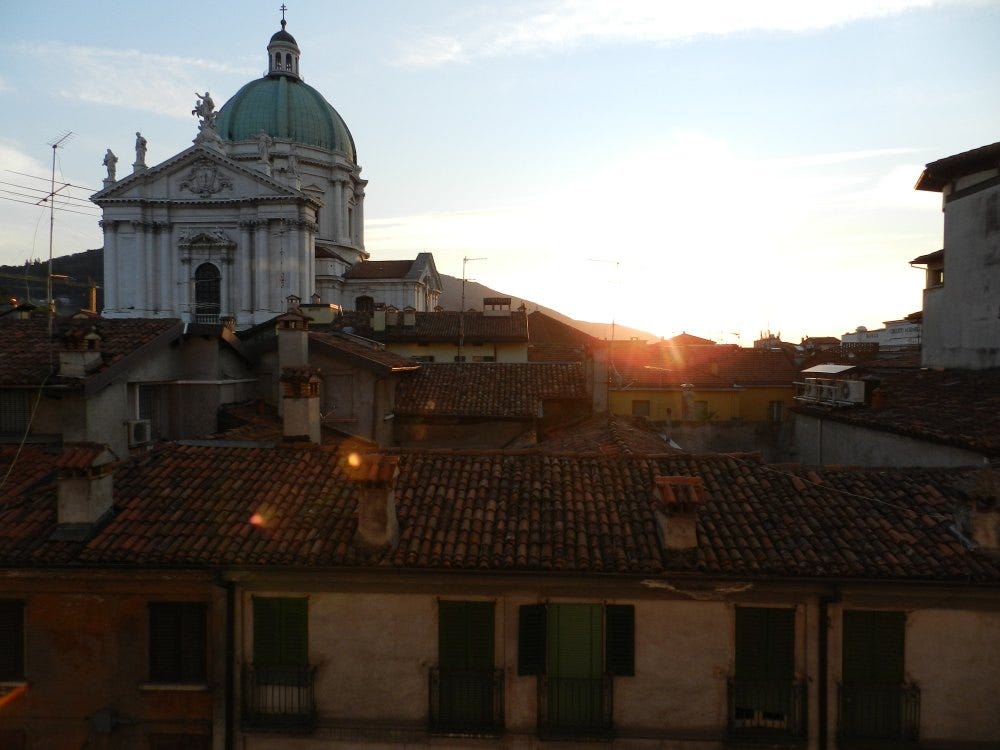Bubbling up in Brescia

Morning in Brescia, over the Duomo roof
Tucked away in a quiet corner of Lombardy is an attractive, stately city, untouched by major tourism and unhyped by the guide books. Brescia is the de facto capital of Franciacorta, a sub-region specialising in the production of sparkling wine. Brescia was also the location for this year's superb European Wine Blo…
Keep reading with a 7-day free trial
Subscribe to The Morning Claret to keep reading this post and get 7 days of free access to the full post archives.



